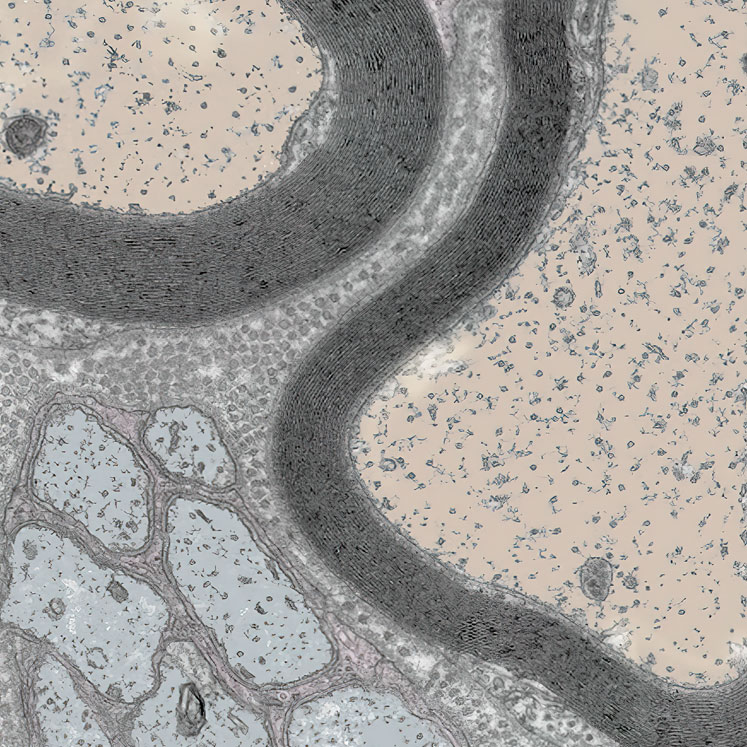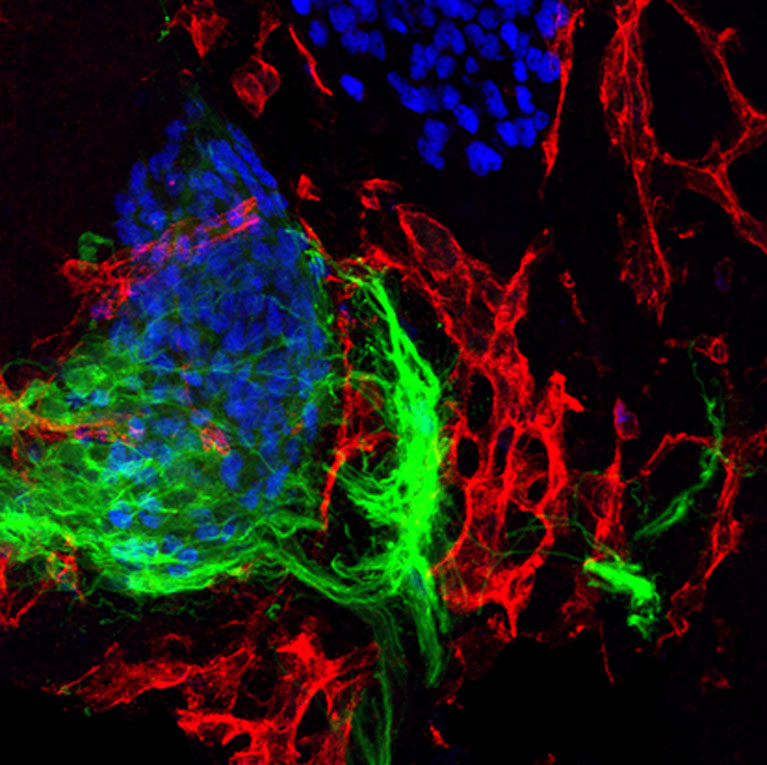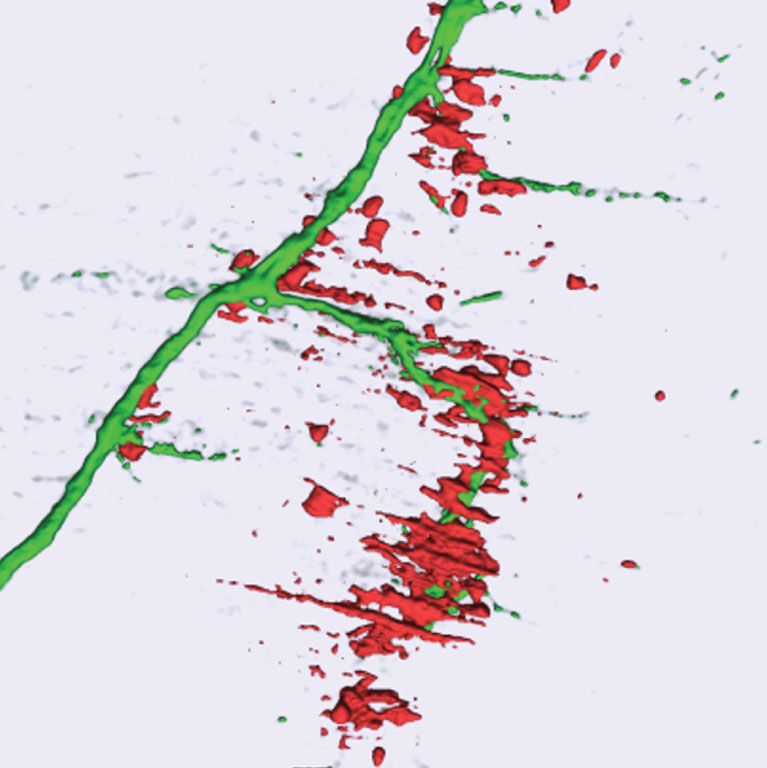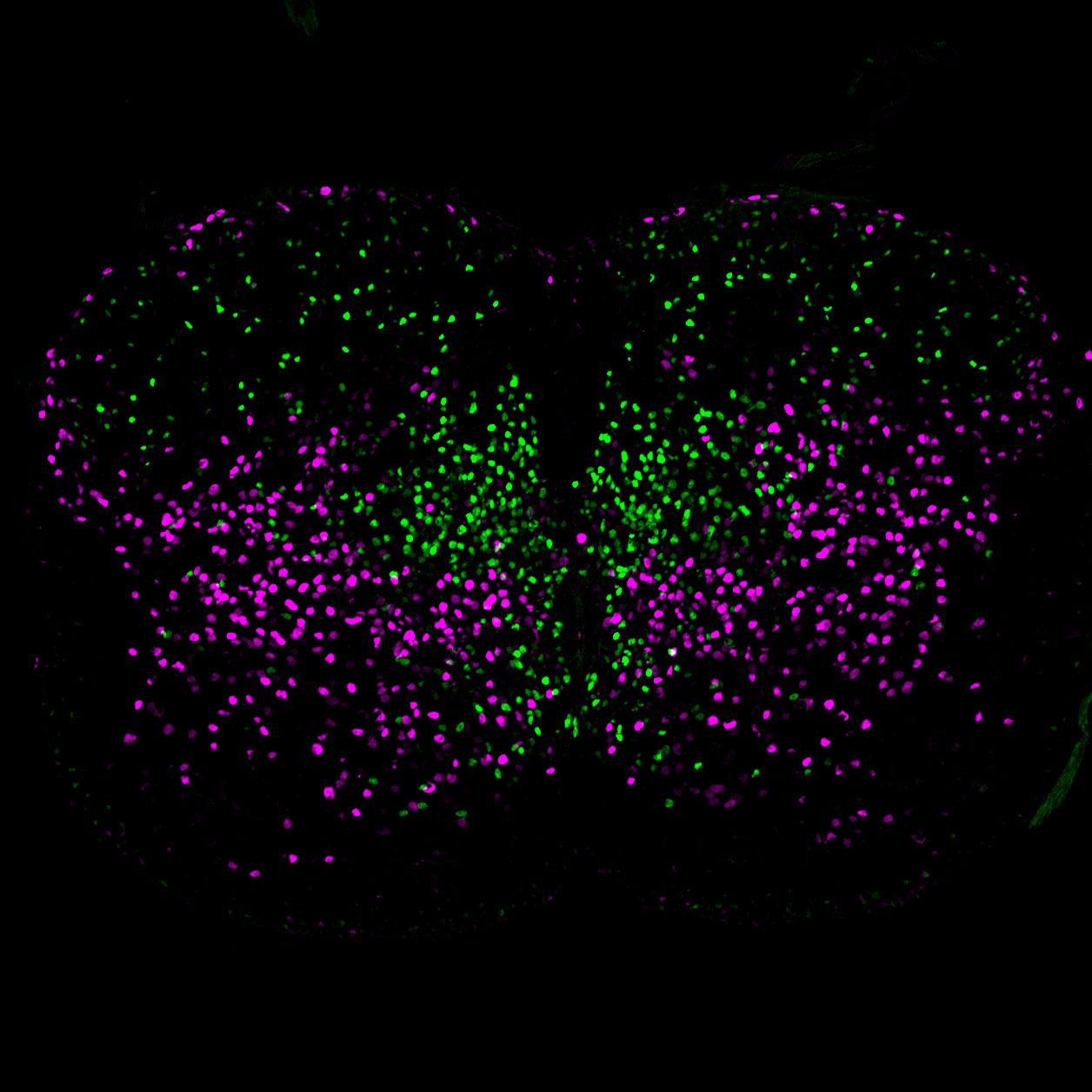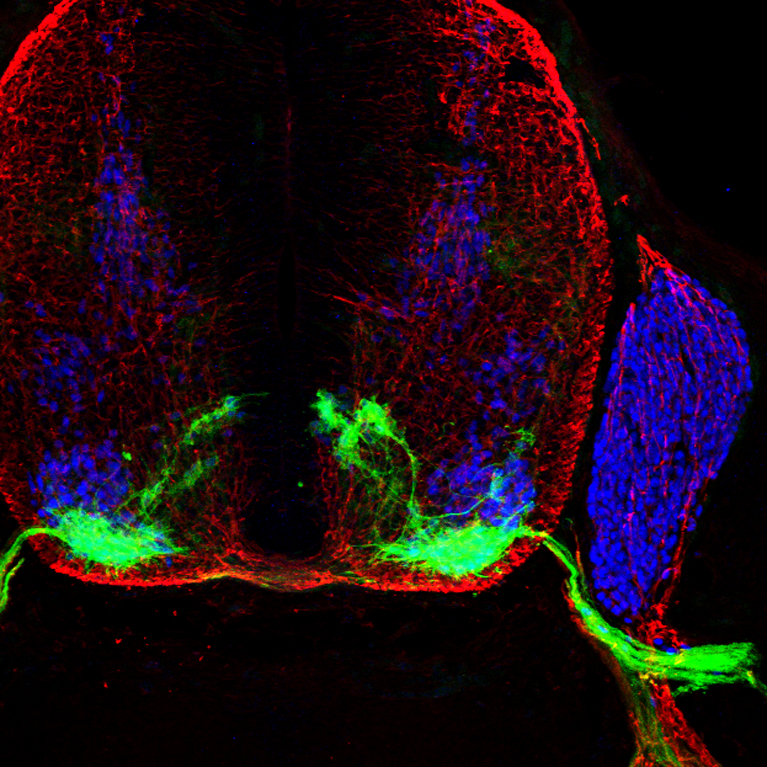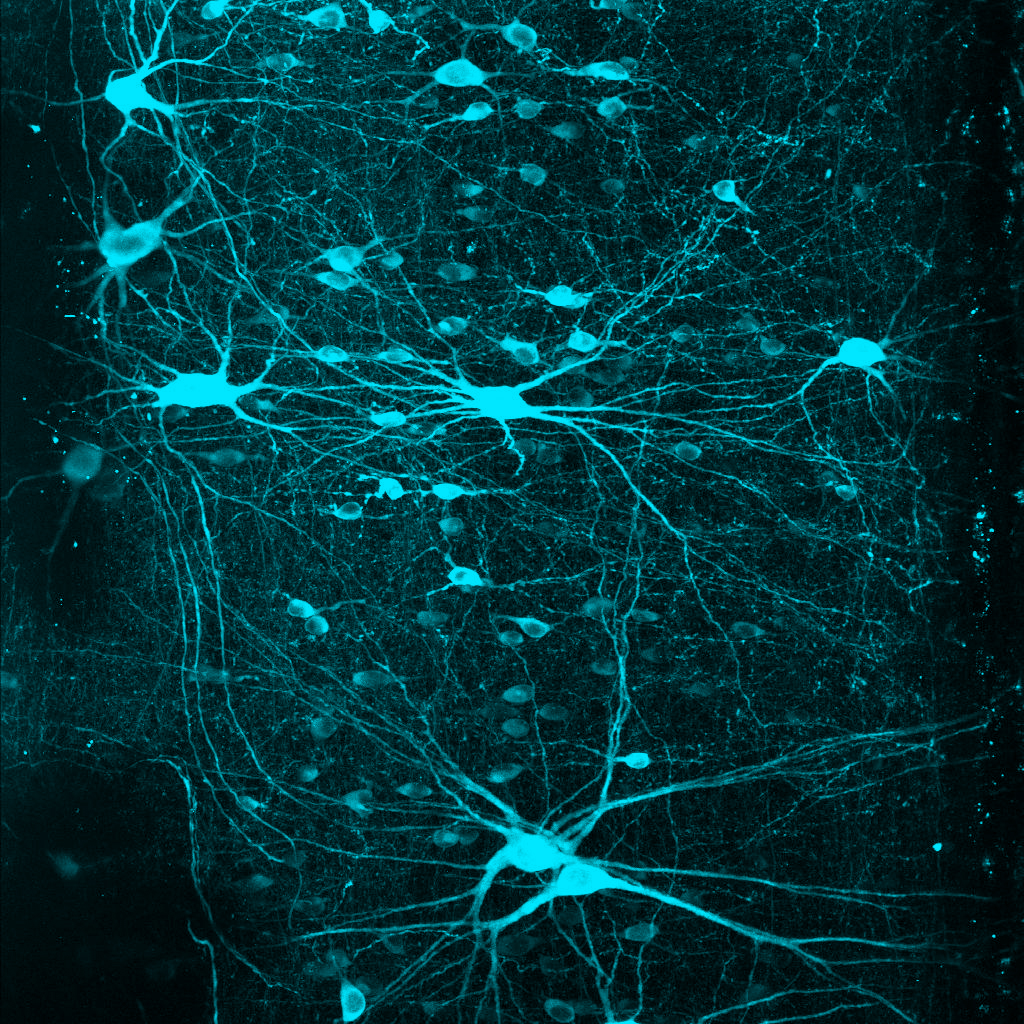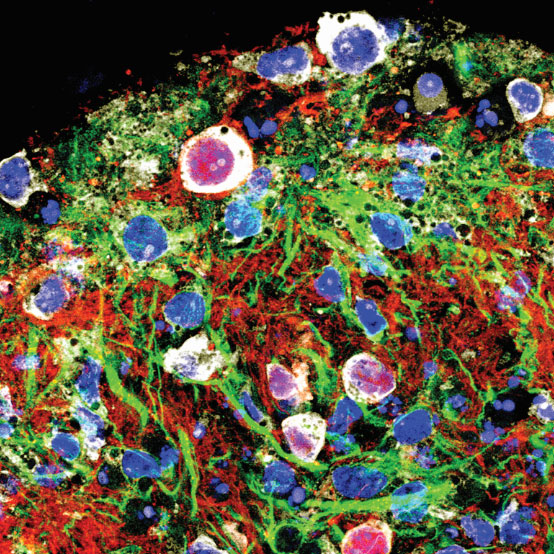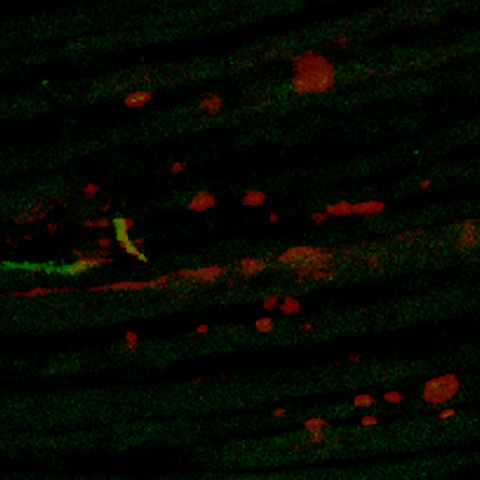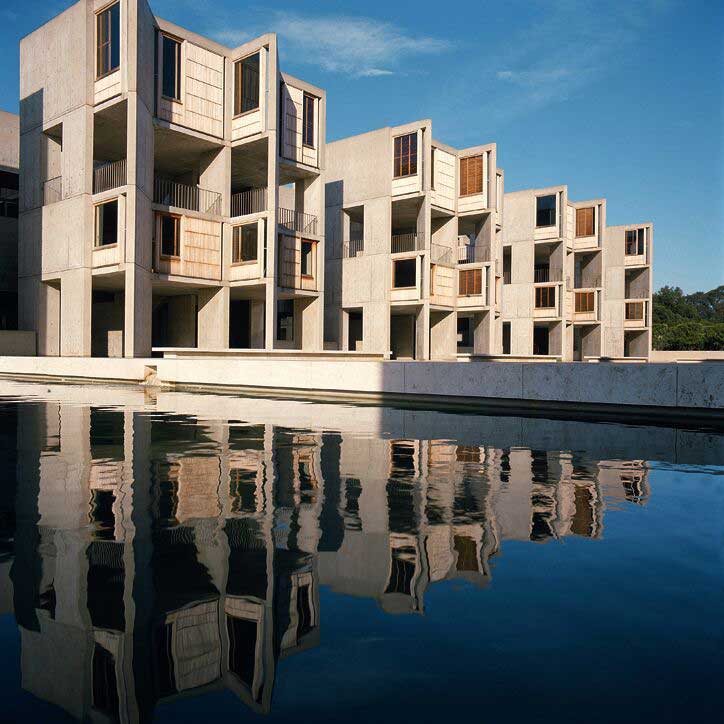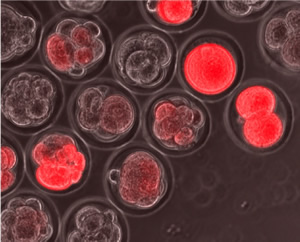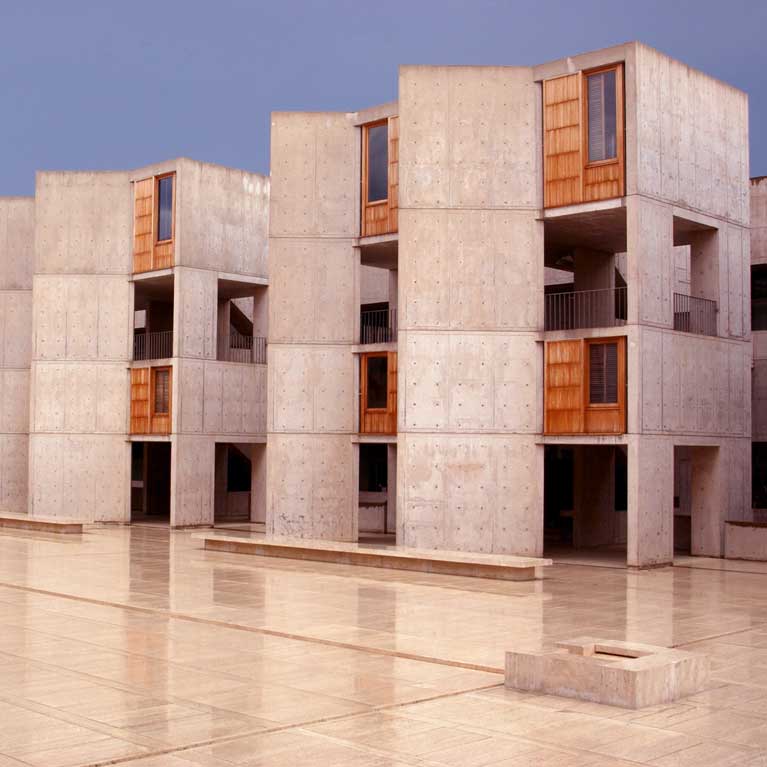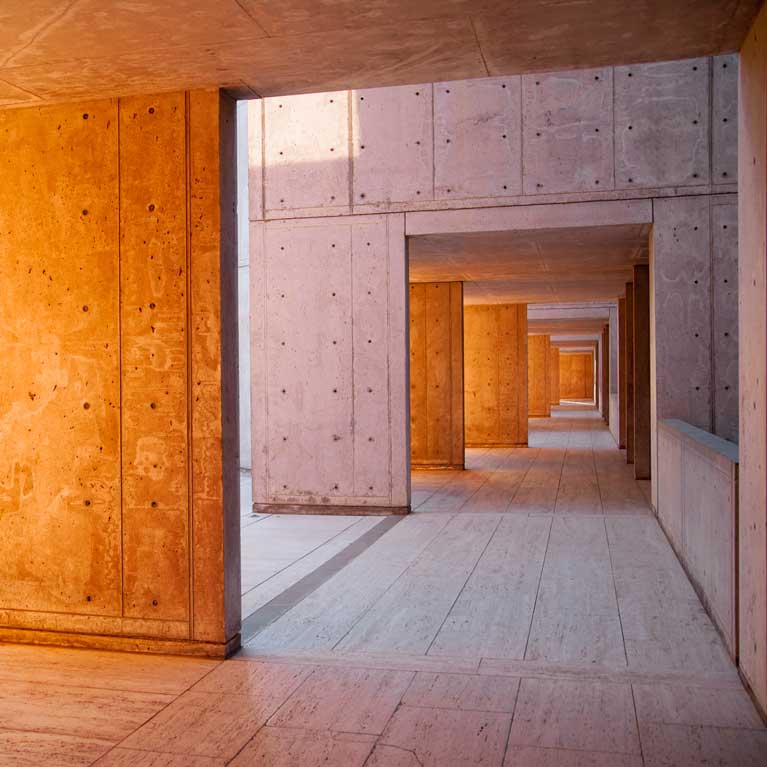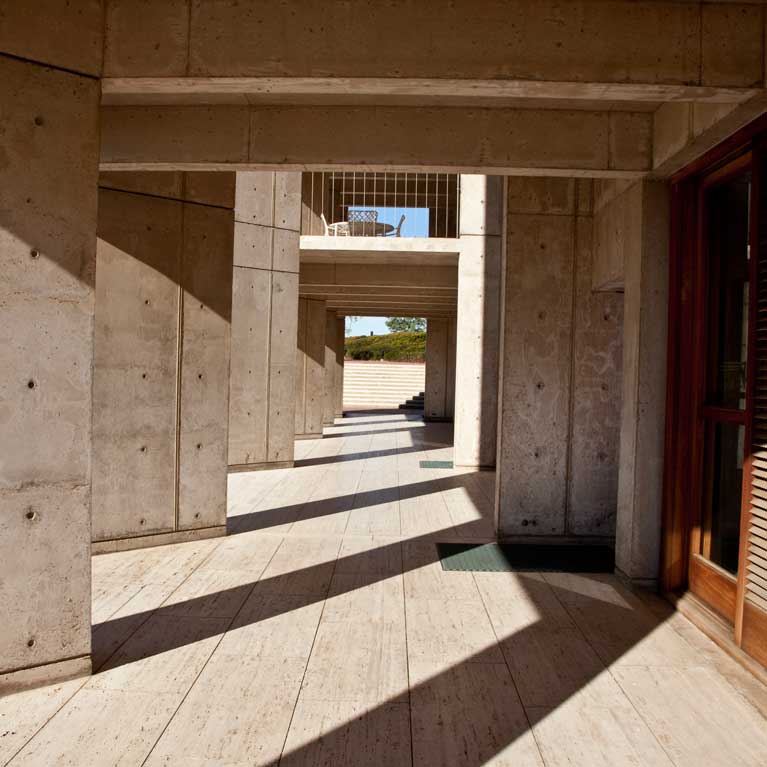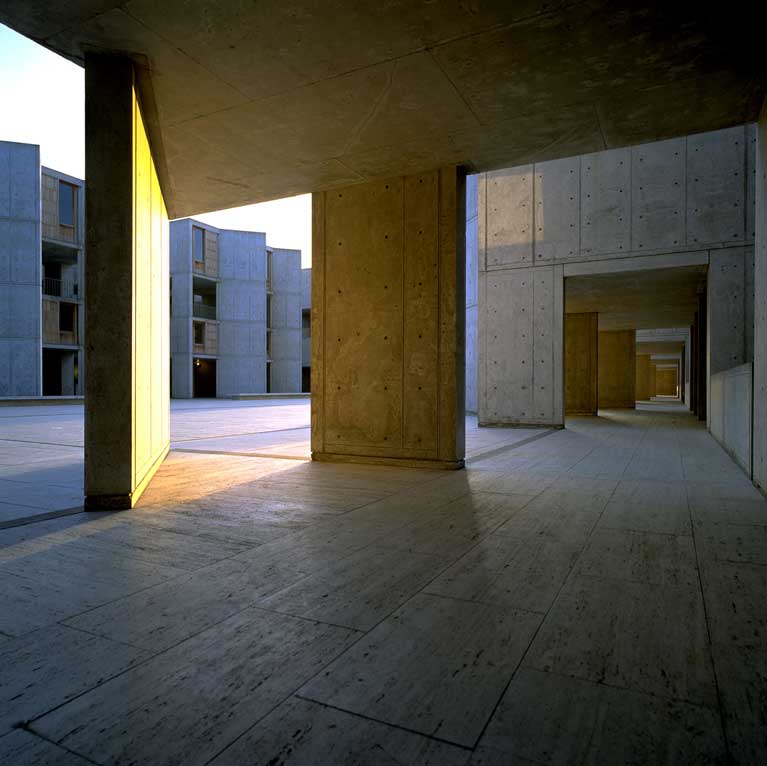Press
Repairing nerve cells after injury and in chronic disease
LA JOLLA—Each year in the United States there are more than 3 million cases of peripheral neuropathy, wherein nerves outside of the brain and spinal cord are damaged and cause pain and loss of feeling in the affected areas. Peripheral neuropathy can occur from diabetes, injury, genetically inherited disease, infection, and more. Salk scientists have now uncovered in mice a mechanism for repairing damaged nerves during peripheral neuropathy. They discovered that the protein Mitf helps turn on the repair function of specialized nervous system Schwann cells.
Growing motor neurons guided by “love-hate relationship” with blood vessels
LA JOLLA—When neurons involved in movement—called motor neurons—form, they must build connections that reach from the brain, brainstem, or spinal cord all the way to the head, arms, or the tips of the toes. How neurons navigate these systems and “decide” where and how to grow has largely been a mystery.
Salk Professor Samuel Pfaff named 2021 AAAS Fellow
LA JOLLA—Salk Professor Samuel Pfaff has been named a 2021 Fellow of the American Association for the Advancement of Science (AAAS), the world’s largest general scientific society and publisher of the journal Science. Pfaff is among 564 new AAAS Fellows spanning 24 scientific disciplines who were nominated by their peers for their distinguished efforts to advance science.
Research reveals how subtle changes in a microRNA may lead to ALS
LA JOLLA—When people think about the connection between genes and disease, they often envision something that works like a light switch: When the gene is normal, the person carrying it does not have the disease. If it gets mutated, a switch is flipped, and then they do have it.
Researchers trace spinal neuron family tree
LA JOLLA—Spinal cord nerve cells branching through the body resemble trees with limbs fanning out in every direction. But this image can also be used to tell the story of how these neurons, their jobs becoming more specialized over time, arose through developmental and evolutionary history. Salk researchers have, for the first time, traced the development of spinal cord neurons using genetic signatures and revealed how different subtypes of the cells may have evolved and ultimately function to regulate our body movements.
Salk scientists awarded $14.3 million to map circuitry for movement, such as reaching and grasping
LA JOLLA, CA—A team of Salk scientists led by Professor Martyn Goulding has been awarded $14.3 million over five years by the National Institutes of Health (NIH) to create a high-resolution atlas of how the mouse brain generates and controls skilled forelimb movements, such as reaching and grasping. Knowledge generated by the grant will provide a better understanding of not only how the brain controls movement, but also how it is affected by neurological diseases and spinal cord injuries that compromise arm, wrist and hand function.
Like mountaineers, nerves need expert guidance to find their way
LA JOLLA—(March 22, 2019) Similar to the dozens of Sherpas that guide hikers up treacherous Himalayan mountains to reach a summit, the nervous system relies on elaborate timing and location of guidance cues for neuronal axons—threadlike projections—to successfully reach their destinations in the body. Now, Salk Institute researchers discover how neurons navigate a tricky cellular environment by listening for directions, while simultaneously filtering out inappropriate instructions to avoid getting lost. The findings appeared in Neuron on March 19, 2019.
How the brain tells our limbs apart
LA JOLLA—Legs and arms perform very different functions. Our legs are responsible primarily for repetitive locomotion, like walking and running. Our arms and hands, by contrast, must be able to execute many highly specialized jobs—picking up a pen and writing, holding a fork, or playing the violin, just to name three.
Your brain’s got rhythm
LA JOLLA—Not everyone is Fred Astaire or Michael Jackson, but even those of us who seem to have two left feet have got rhythm—in our brains. From breathing to walking to chewing, our days are filled with repetitive actions that depend on the rhythmic firing of neurons. Yet the neural circuitry underpinning such seemingly ordinary behaviors is not fully understood, even though better insights could lead to new therapies for disorders such as Parkinson’s disease, ALS and autism.
Loss of tiny genetic molecules could play role in neurodegenerative diseases
LA JOLLA—A tiny sliver of a person’s DNA—several thousand times smaller than a typical gene—produces a molecule that has crucial influence over whether a person has any control over their muscles, according to a paper published December 18, 2015 in the journal Science.
Targeting mutant proteins might be silver bullet for neurodegenerative diseases
LA JOLLA–Scientists have unraveled how mutant molecules damage the nervous system of people with Charcot-Marie-Tooth (CMT) disease, a group of disorders that hinder people’s ability to move and feel sensation in their hands and feet, according to a paper published October 21, 2015 in Nature.
Scientists see motor neurons ‘walking’ in real time
LA JOLLA–When you’re taking a walk around the block, your body is mostly on autopilot–you don’t have to consciously think about alternating which leg you step with or which muscles it takes to lift a foot and put it back down. That’s thanks to a set of cells in your spinal cord that help translate messages between your brain and your motor neurons, which control muscles.
“Magical state” of embryonic stem cells may help overcome hurdles to therapeutics
LA JOLLA, CA—With their potential to treat a wide range of diseases and uncover fundamental processes that lead to those diseases, embryonic stem (ES) cells hold great promise for biomedical science. A number of hurdles, both scientific and non-scientific, however, have precluded scientists from reaching the holy grail of using these special cells to treat heart disease, diabetes, Alzheimer’s and other diseases.
Complex wiring of the nervous system may rely on just a handful of genes and proteins
LA JOLLA, CA—Researchers at the Salk Institute have discovered a startling feature of early brain development that helps to explain how complex neuron wiring patterns are programmed using just a handful of critical genes. The findings, published in Cell, may help scientists develop new therapies for neurological disorders, such as amyotrophic lateral sclerosis (ALS), and provide insight into certain cancers.
Unlocking the secret(ase) of building neural circuits
LA JOLLA, CA—Mutant presenilin is infamous for its role in the most aggressive form of Alzheimer’s disease-early-onset familial Alzheimer’s-which can strike people as early as their 30s. In their latest study, researchers at the Salk Institute uncovered presenilin’s productive side: It helps embryonic motor neurons navigate the maze of chemical cues that pull, push and hem them in on their way to their proper targets. Without it, budding motor neurons misread their guidance signals and get stuck in the spinal cord.
Salk Institute scientist receives $15.6 million CIRM Disease Team Award to develop novel stem-cell derived therapy for Lou Gehrig’s Disease
LA JOLLA—The Salk Institute has been awarded a $10.8 million grant by the California Institute for Regenerative Medicine (CIRM) for translational research focusing on developing a novel stem-cell based therapy for Amyotrophic Lateral Sclerosis (ALS) – or Lou Gehrig’s Disease.
Salk scientists selected as Howard Hughes Medical Institute investigators
La Jolla, CA – Salk scientists Samuel L. Pfaff and Andrew Dillin have been selected as Howard Hughes Medical Institute (HHMI) investigators, HHMI announced today. Both join a prestigious group of the nation’s top biomedical researchers who share the coveted title given to science’s most innovative minds.
Sharing the road
La Jolla, CA – Come summer, we will once again marvel at the amazing athletic skills of Olympic athletes while in fact, the simple act of walking is no less remarkable. Just to prevent us from toppling over, the neuromuscular circuitry that controls all bodily movements relies on constant sensory feedback from the periphery to fine-tune its commands to hundreds of muscles.
A mutation named Magellan steers nerve cells off course
La Jolla, CA – Newly launched nerve cells in a growing embryo must chart their course to distant destinations, and many of the means they use to navigate have yet to surface. In a study published in the current issue of the journal Neuron, scientists at the Salk Institute for Biological Studies have recovered a key signal that guides motor neurons – the nascent cells that extend from the spinal cord and must find their way down the length of limbs such as arms, wings and legs.
Salk neurobiologist receives Javits Neuroscience Investigator Award
La Jolla, CA – Dr. Samuel L. Pfaff, a professor in the Molecular Neurobiology Laboratory at the Salk Institute for Biological Studies, has been awarded the prestigious Senator Jacob Javits Award in the Neurosciences for his pioneering work on the molecular pathways that shape the embryonic central nervous system. The award guarantees funding for up to seven years.
Detailed 3-D image catches a key regulator of neural stem cell differentiation in action
La Jolla, CA – Researchers at the Salk Institute for Biological Studies in collaboration with scientists at the University of California, San Diego (UCSD) took a high resolution “action shot” of a protein switch that plays a crucial role in the development of the nervous system. Their findings, published in the Dec. 8 issue of the journal Molecular Cell, provide a template for the design of small molecule inhibitors to control that switch, a protein called Scp1, at will.
New roles for growth factors: Enticing nerve cells to muscles
La Jolla, CA – During embryonic development, nerve cells hesitantly extend tentacle-like protrusions called axons that sniff their way through a labyrinth of attractive and repulsive chemical cues that guide them to their target.
In mice, walking (and running) depends on nerve cell chatter during development
La Jolla, CA – The ability of a pair of legs to walk in a stepwise fashion with each other appears to be set up during a brief period as an embryo’s spine develops, when a single neurotransmitter takes its turn to “talk” to nerve cells.
Molecular ‘zipcode’ guides nerves to correct places in body
La Jolla, CA – During embryonic development, thousands of nerves must be connected to muscles as part of a communication network that allows the newborn to move, breathe and lead a normal life. The question is, how does this complicated ‘telephone system’ get wired up?
Motor Nerve Cell “Factory” Findings May Elicit Treatments for Spinal Cord Injury, Disease
La Jolla, CA – Manufacturing motor nerve cells may someday be possible to help restore function in victims of spinal cord injury or such diseases of motion as Parkinson’s and Lou Gehrig’s disease or post-polio syndrome, a Salk Institute research study has found.
